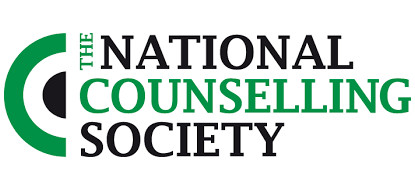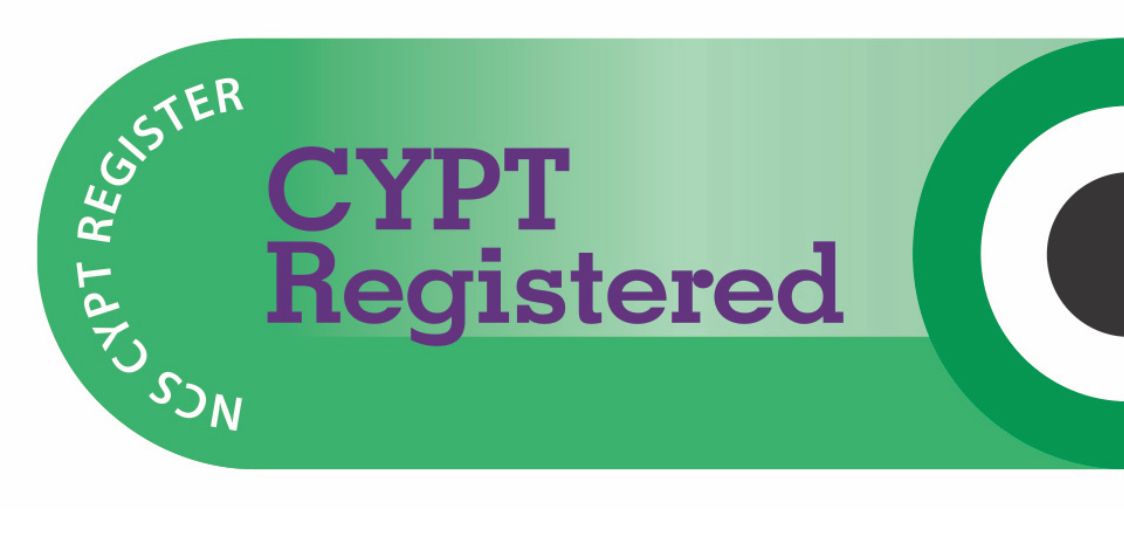You might be reading this because you are experiencing problems in your current relationships. These problems, whilst seemingly unique, could have a pattern to them that has run through past relationships in various forms, and to look at this possibility might require us to look to the first experience of a very different type of ‘relationship’ we ever had – with our Mum! It could be however, that you are adopted, did not have a mum or were looked after from the start of your life by your Dad, grandparent or even a foster parent – if so, this relationship would still apply. Either way, we all had a caregiver and this relationship together with the relationship that we built with them and other family members in the first 7 years of life and especially the first 3 years, creates a template of how we relate to others in the world. It is known that this time period is also the crucial period where, as an infant, we realise we are separate to our mother, and begin to develop a sense of ‘self’, and develop ideas of who we are and how we need to behave in order to ensure our parents or caregivers will continue to look after us.
We are all born into the world helpless – but with a primeval instinct that ensures our survival. At this age we cry for attention and seek out a face and eyes to connect with and respond to. We find a caregiver to look after us which logically is usually our biological Mum. After around six months bonding with this caregiver we begin to notice if the caretaker changes and feel unsafe and insecure if someone else holds us. As a young child we ensure that they are never far away by having a clingy nature to ensure our caregiver is close by.
As we grow older we learn through experience if that caregiver is there for us, but at times of need return to them regardless! As we develop through adolescence into adulthood we look beyond the caregiver and immediate family for support and subconsciously try to replicate this relationship in a very different way this time with an intimate partner in a adult relationship.
If our relationship with our original caregiver and their relationships with the other parent was a positive experience when we were young, then we are more likely to choose the partner whom we can have a more harmonious relationship with – if however our experience was less positive, the risk is higher that we will repeat a similar experience in adulthood repeatedly until a) we get it right or b) we recognise and intervene in this process changing it to a more positive experience. We desire to find a replacement caregiver is carried into adult life, this primeval need to create ‘the relationship’ in addition to our earlier experiences of a care giver creates a desire to attempt to replicate our earlier experiences of relationship or conversely we look for the polar opposite in an attempt to get it right! Helen Fisher (2008) talks of how Love, Sex and Attachment are intertwined as driving forces within us. Each are accessible in their purest form as we forge a relationship, but each soon blend to become a complex web as adult relationships continue i.e., if we have romantic love in time we desire sex, these two keep us together long enough to form attachment. Conversely we may subconsciously desire attachment and later have sex (which increases feel good hormones such as oxytocin &. Dopamine. These it turn can stimulate feelings of love which allow us to stay around long enough to attachment to occur.

We have looked at how our early experiences affect who we are today. One of the first people to notice this pattern was a psychologist called John Bowlby who called the bond that forms and attaches us to others quite simply ‘attachment’. Later, other Psychologists broke people into two main groups with differing attachment styles, the last of which is subdivided into three sub types according to their attachment types or styles. These are listed below. (Hazan and Shaver)
Secure attachments are more likely to state the following about themselves in relation to romantic relationships. “I find it relatively easy to get close to others and am comfortable depending on them and having them depend on me. I don’t often worry about being abandoned or about someone getting too close to me”.
Anxious avoidant attachments are more likely to state the following about themselves in relation to romantic relationships. “I am somewhat uncomfortable being close to others; I find it difficult to trust them completely, difficult to allow myself to depend on them. I am nervous when anyone gets too close, and often, love partners want me to be more intimate than I feel comfortable being”.
Anxious Ambivalent attachments are more likely to state the following about themselves in relation to romantic relationships. “I feel that others are reluctant to get as close as I would like. I often worry that my partner does not really love me or will not want to stay with me. I want to merge completely with another person, and this desire sometimes scares people away”.
The attachment style you belong to and that of your current Love partner has an effect on the relationship and the way in which you behave with each other – it does have to be noted however, that the way we are with our partner can change, and so can our attachment style throughout this experience of our relationship .Therefore a bad experience can lead a secure person to become temporarily insecure. Conversely, a person with an insecure attachment can , fortunately, through the nurturing experience of a secure adult attachment figure , shift to a secure attachment pattern. Any experience that makes us feel vulnerable – loss, illness, tiredness and bereavement etc, can increase the need and anxiety in a person with an insecure attachment putting pressure on the relationship. Of course every relationship is unique but there are some common patterns that can be recognised when partners from different attachment styles enter into a relationship, these are listed briefly below.
Both Partners Secure.
In Relationships where both partners have a secure attachment style both partners have an awareness of how third actions effect the other. Both partners in this type of relationship can shift between being the supporting partner to at times of need, being supported by the other partner. Both have empathy for their partners feelings and understand their partners thoughts and beliefs.
Both Partners Anxious Ambivalent.
Both partners long to be loved by the other, yet the love shown to each other is never enough to cover insecurities and can create anxieties and jealousy, so the relationship can be demanding and volatile. Both Partners Anxious Avoidant Both are independent and self sufficient and may have very separate friends hobbies etc. at one end. Of the spectrum the desire to be together can be minimal meaning these partnerships can desire live apart or even hunt out or tolerate long distance relationships particularly well.Short term neediness created in one partner caused by illness, bereavement etc can cause anxiety, feelings of suffocation and retreat by the other partner.
Anxious Avoidant with Anxious Ambivalent.
This relationship can create passion on all levels as these two partners have very different needs from a relationship and this fuels insecurity in both partners in which the Anxious Ambivalent may pursue the Avoidant partner for more attention and the Avoidant partner may then push away or verbally attack the Ambivalent partner, leaving them to feel abandoned whilst the ambivalent partner could feel distain towards their partner. Although this partnership can create waves it doesn’t mean that its impossible to be together – the key is communication and understanding of each other to help smooth the waters. Secure Attachment with Any Insecure attachment.. This can often work as the relationship with a secure attachment style person can provide a nurturing experience and provide an environment where the insecure attachment can heal and then interchange roles by supporting the person with the secure attachment equally.
This is just a brief snapshot of how our past shapes both ourselves and how our relationships evolve. If you would like to discover more about yourself I offer both individual and couple Counselling sessions both face to face and online. Please feel free to ring me on 01263 519049 e mail me at [email protected] or visit my site AT www.crystalclearcounselling.co.uk to find out how I can help you.
Further details of Helen Fisher’s beliefs on the intertwined nature which are a integral part of my beliefs are featured in a video below..
references Hazan, C., & Shaver, P.R. (1990). Love and work: An attachment theoretical perspective. Journal of Personality and Social Psychology, 59, 270–280. Helen Fisher (LeWebb08) https://www.youtube.com/watch?v=Q78oSyoWViE


